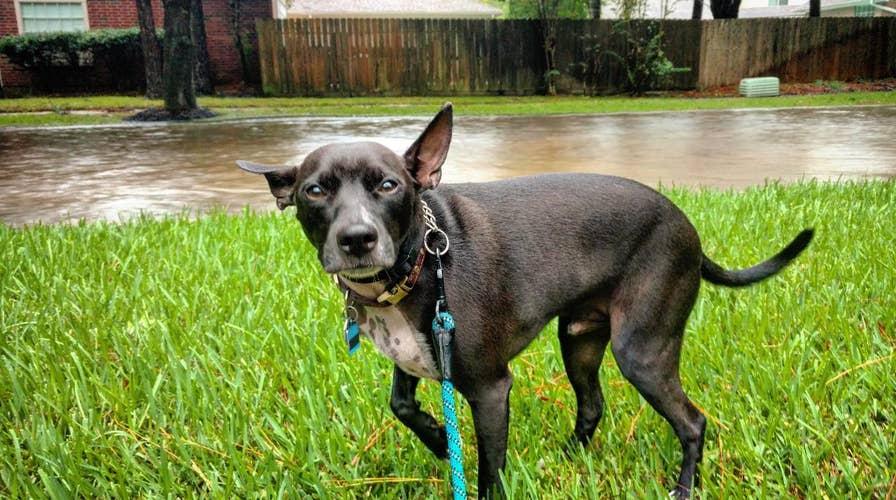Hurricane season: Safety tips for pets
Hurricane Michael has made landfall -- and many pet owners should consider the needs of their four-legged friends and how to keep them safe. Take a look at safety tips from the Florida Division of Emergency Management.
As Tropical Storm Barry makes landfall on the Lousiana coast, many pet owners should consider the needs of their four-legged friends and how to keep them safe.
Here are some safety tips from the Florida Division of Emergency Management.
Safety measures
In the wake of Hurricane Katrina, Congress passed the Pets Evacuation and Transportation Standards (PETS) Act in 2006, which requires plans for the evacuation of pets, in addition to people.
Under the act, FEMA’s director is required ”to ensure that state and local emergency preparedness operational plans address the needs of individuals with household pets and service animals prior to, during, and following a major disaster or emergency.”
To get ready for a disaster, people should find out where they can bring their pets, which can be done by contacting hotels or shelters to see what their policies are, FEMA explained.
Pet owners also may wish to reach out to people they know.
“Ask friends, relatives, or others outside the affected area whether they could shelter your animals,” the agency says. “If you have more than one pet, they may be more comfortable if kept together, but be prepared to house them separately.”
Pets need their own emergency necessities, too, including food, water, bowls, leashes, carriers, cat litter, medicine and medical records.
“Keep items in an accessible place and store them in sturdy containers that can be carried easily (duffle bags, covered trash containers, etc.),” it advises.
On the road
If you’re evacuating with your pets, dogs should be leashed and carriers should be used for cats, the agency advised.
“Don’t leave animals unattended anywhere they can run off,” it says. “The most trustworthy pets may panic, hide, try to escape, or even bite or scratch.”
The agency suggests that pet owners allow their companions “time to settle back into their routines” upon returning home.




















